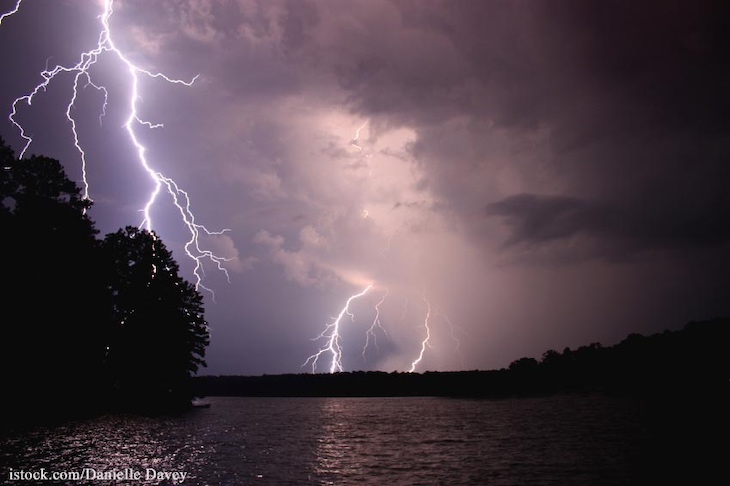The effects of climate change are stark and worrying. Most people have heard about rising sea water levels, more wildfires, and more extreme weather events. But did you know that climate change increases foodborne illness outbreak risks?

A study published in Scientific Reports by Kuhn et al looks at the relationship between Campylobacter outbreaks and climate in Northern Europe. The researchers used national surveillance data of campylobacteriosis infections in Denmark, Finland, Norway, and Sweden. They found that temperature, rainfall, and snowfall have a predictable effect on infection rates.
Higher temperatures and heavier rainfall led to more infections, while shorter heatwaves and winter rain and snowfall reduced the number. Global climate change will change temperatures and precipitation across the world. Weather and climate are determinants of infectious diseases. For instance, extreme rainfall is linked to large Campylobacter outbreaks.
All of this means that the number of Campylobacter infections will likely double by 2080 in those countries and could increase by almost 200% by 2100. Since 2008, the reported incidence of Campylobacter infections in Europe has increased and is now three times greater than cases of salmonellosis.
People living in these countries spend a lot of time outdoors during good weather, which increases their exposure to environmental infection sources. Since campylobacter outbreaks are linked to consumption and handling of poultry along with transmission through the environment, environmental changes could increase this type of transmission. In addition, Campylobacter presence in chickens increases during heat waves and times of high humidity.
Researchers hope that this link establishing that climate change increases foodborne illness will help governments put early warning systems in place in vulnerable areas, and also target prevention and control measures.
Limitations to the study include variations in data and the omission of other as yet unknown factors. It’s also possible that some cases of campylobacteriosis in those countries occurred outside the region, which could weaken the association between climate change and disease patterns.
Kuhn, K.G., Nygård, K.M., Guzman-Herrador, B. et al. Campylobacter infections expected to increase due to climate change in Northern Europe. Sci Rep 10, 13874 (2020). https://doi.org/10.1038/s41598-020-70593-y




